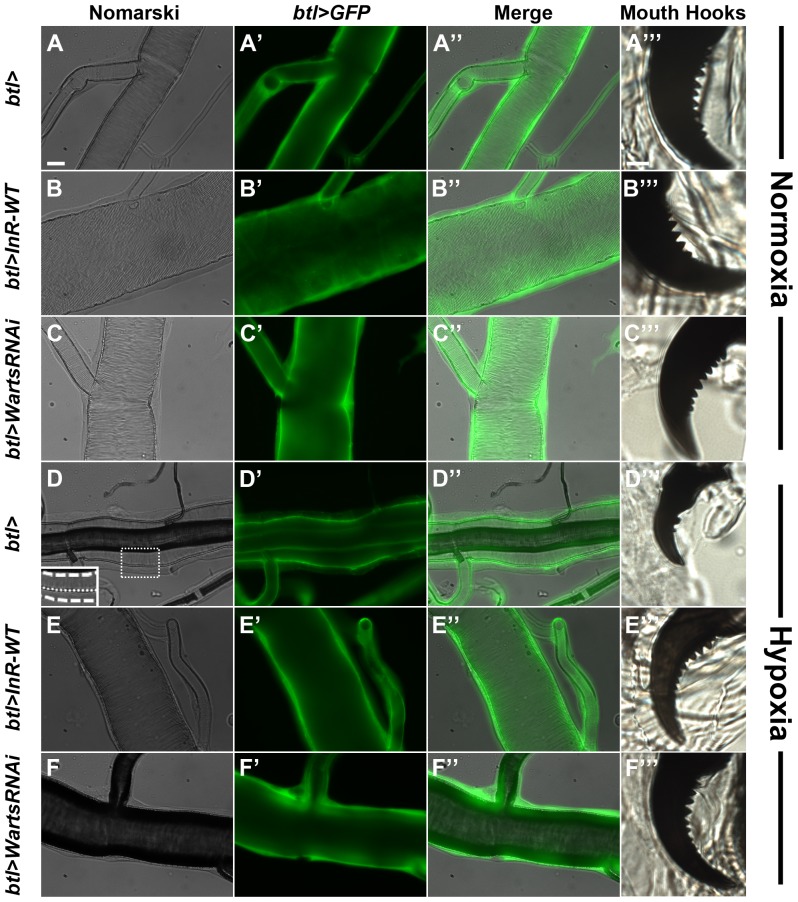Figure 4. Hypoxia-induced molting defects are rescued by trachea-specific overexpression of the insulin receptor and Warts downregulation.
Under normoxic conditions, overexpression of the wildtype InR (B–B″′) and downregulation of Warts (C–C″′) in the larval trachea did not inhibit molting of the larval trachea or progression through the larval instars, as demonstrated by the presence of third instar serrations in the mouth hooks. Normoxic wildtype controls are represented in A–A″′. Under hypoxic conditions, tracheal molting was inhibited (D–D″), and larvae did not reach the third instar developmental stage, as demonstrated by the presence of younger instar serrations in the mouth hooks (D″′). Inhibition of tracheal molting and developmental progression were rescued by tracheal-specific overexpression of the wildtype InR (E–E″′) and downregulation of Warts (F–F″′). Scale bar in A applies to A–F″′, excluding panels labeled as triple-primed (″′): 20 µm. Scale bar in A″′ applies to all triple-primed (″′) panels: 10 µm. Inset in D highlights persistence of early tracheal cuticles that had not been shed. The upper dashed line denotes the edge of the tracheal lumen that was inflated. The middle dotted line and bottom dashed line highlight the tracheal cuticles that had not been shed.

